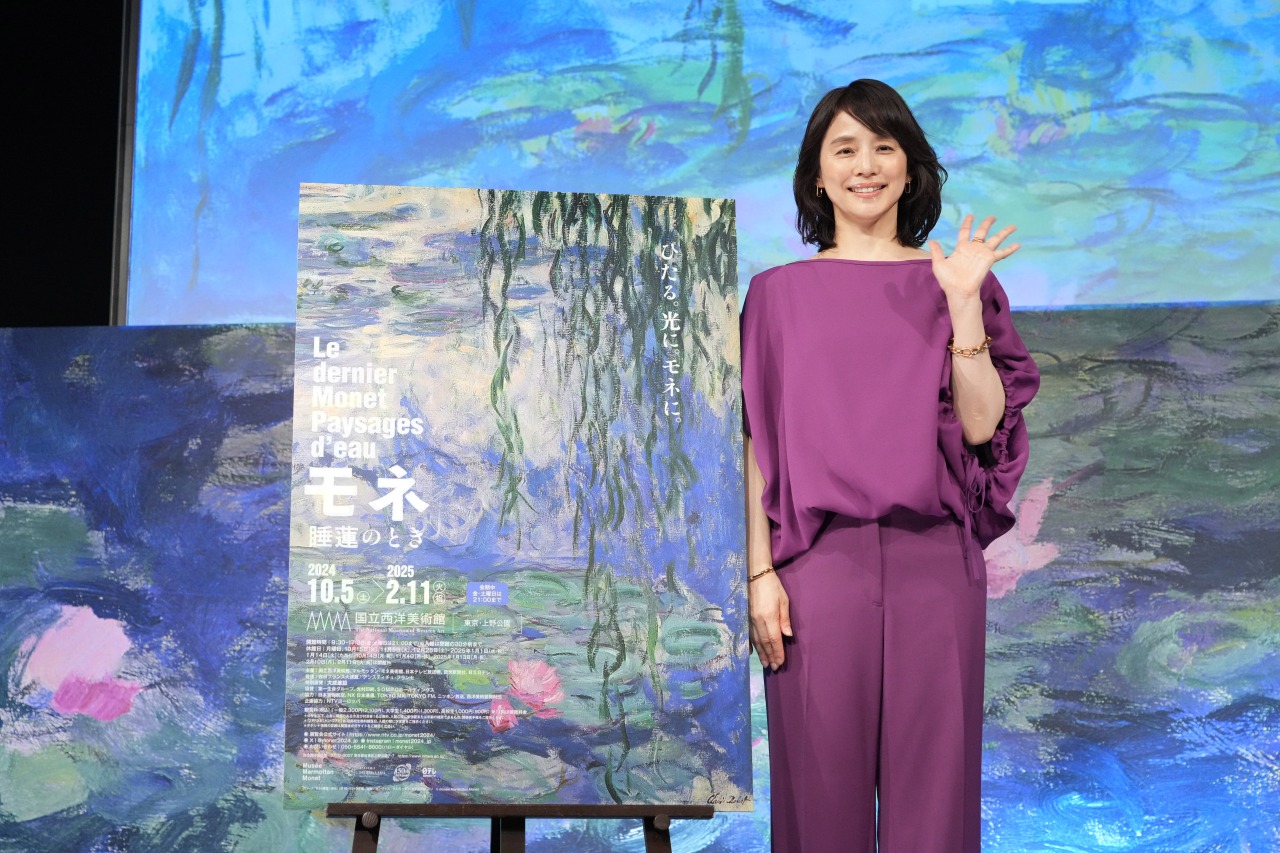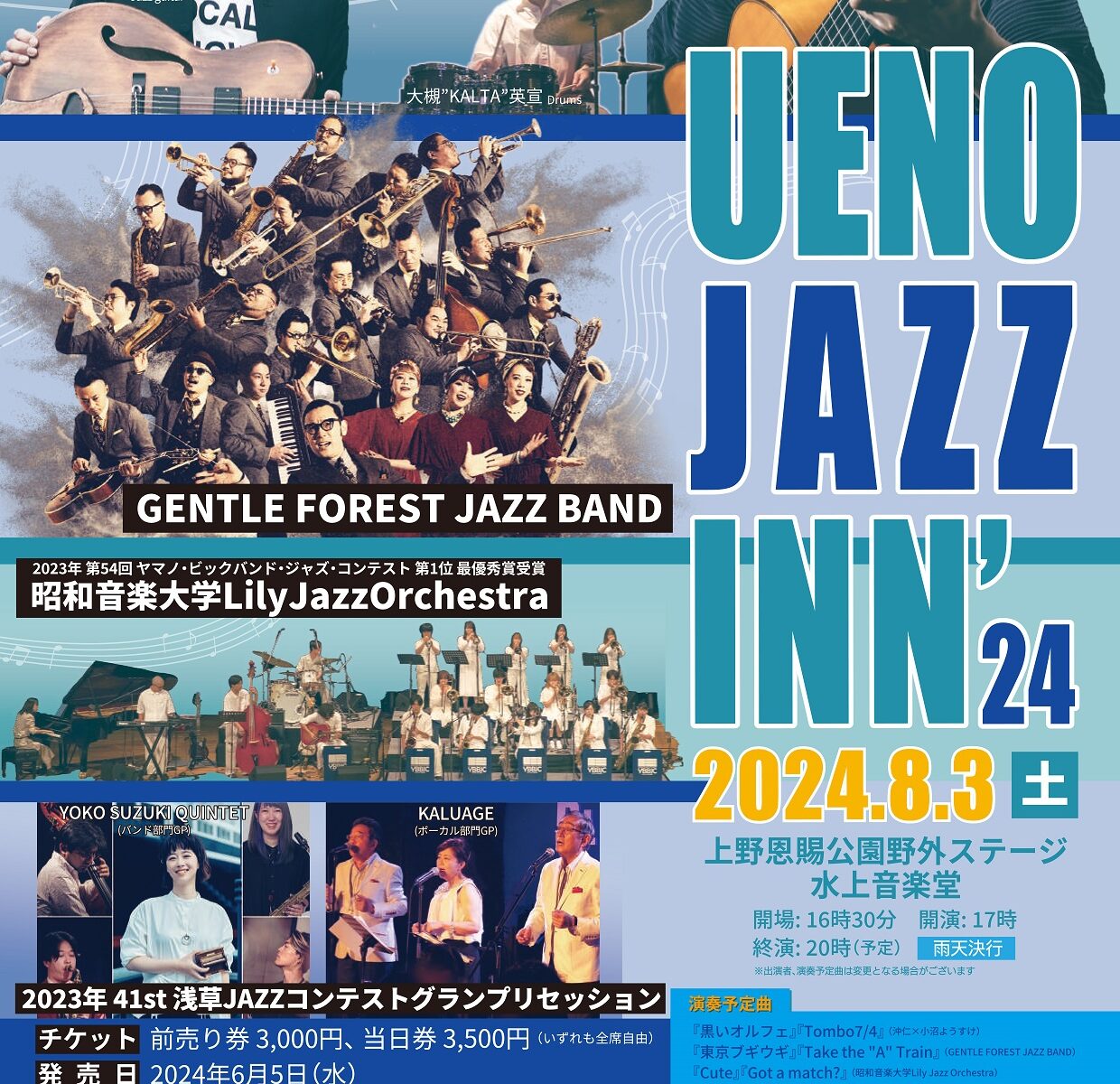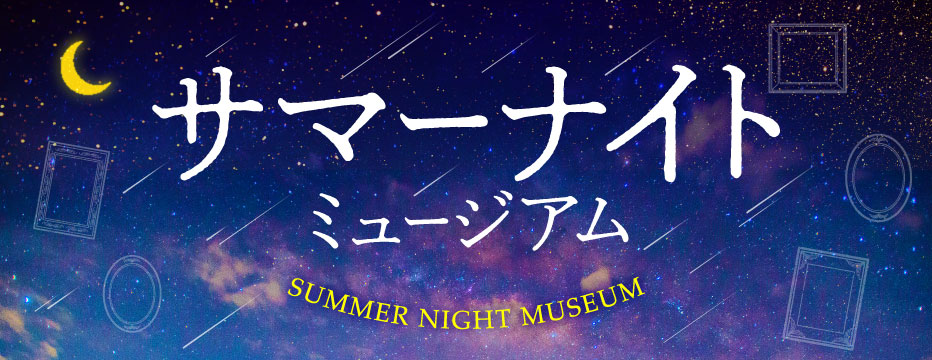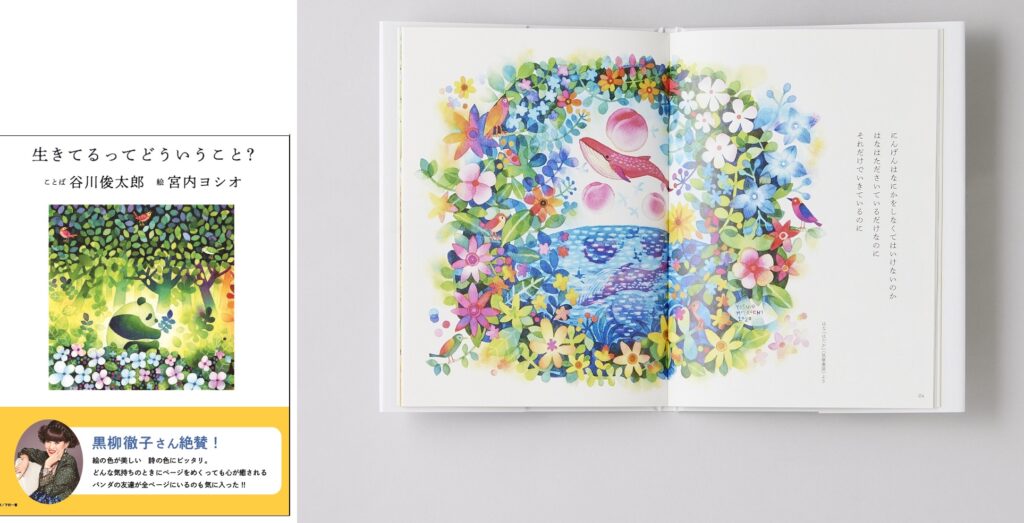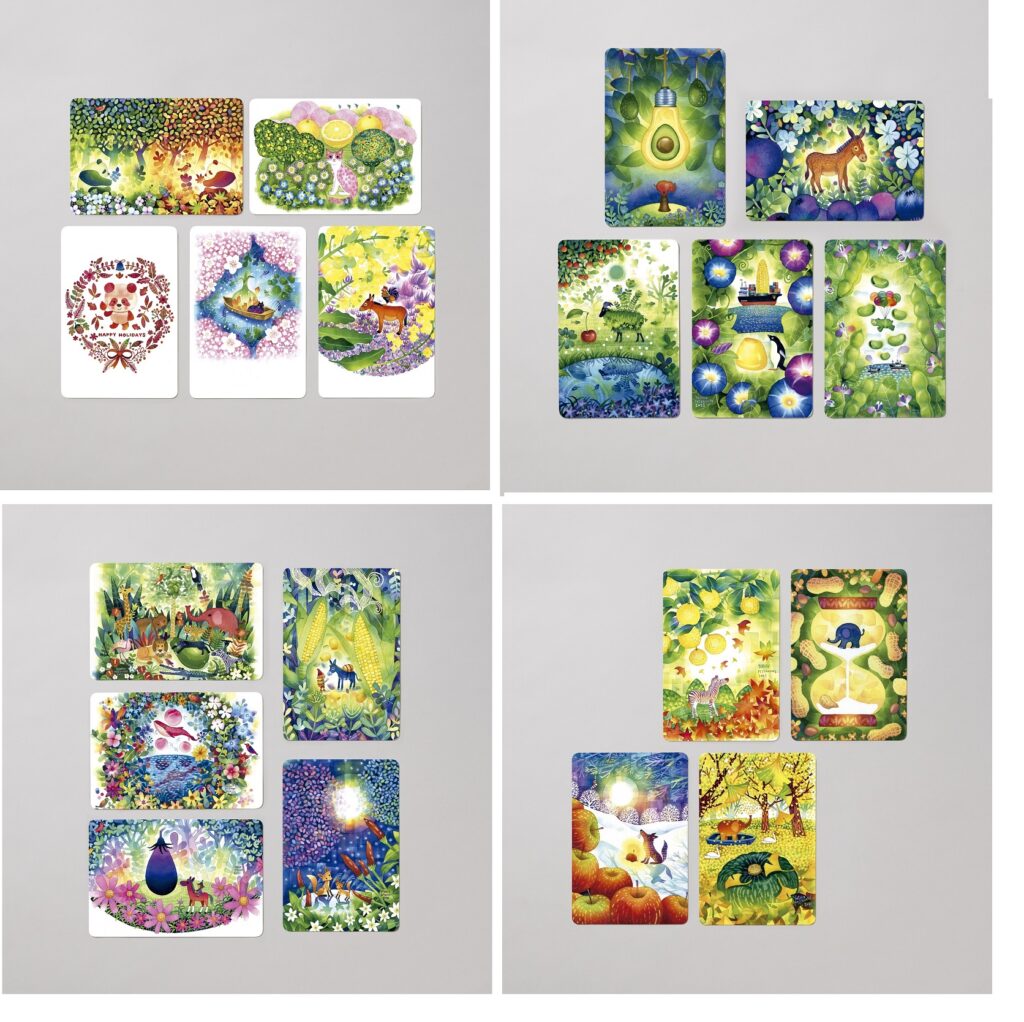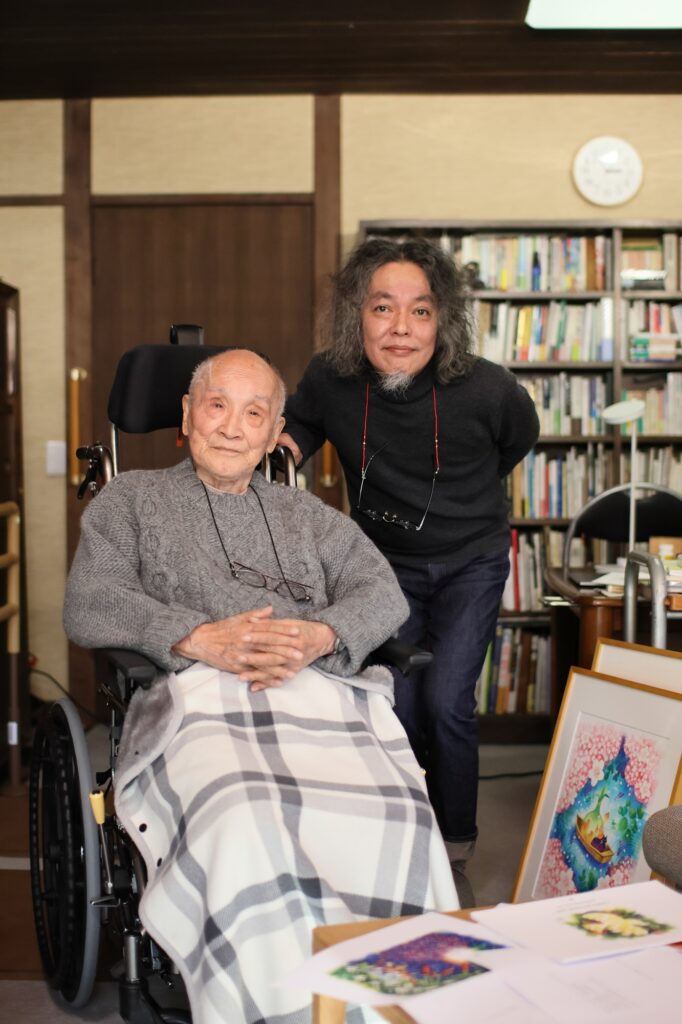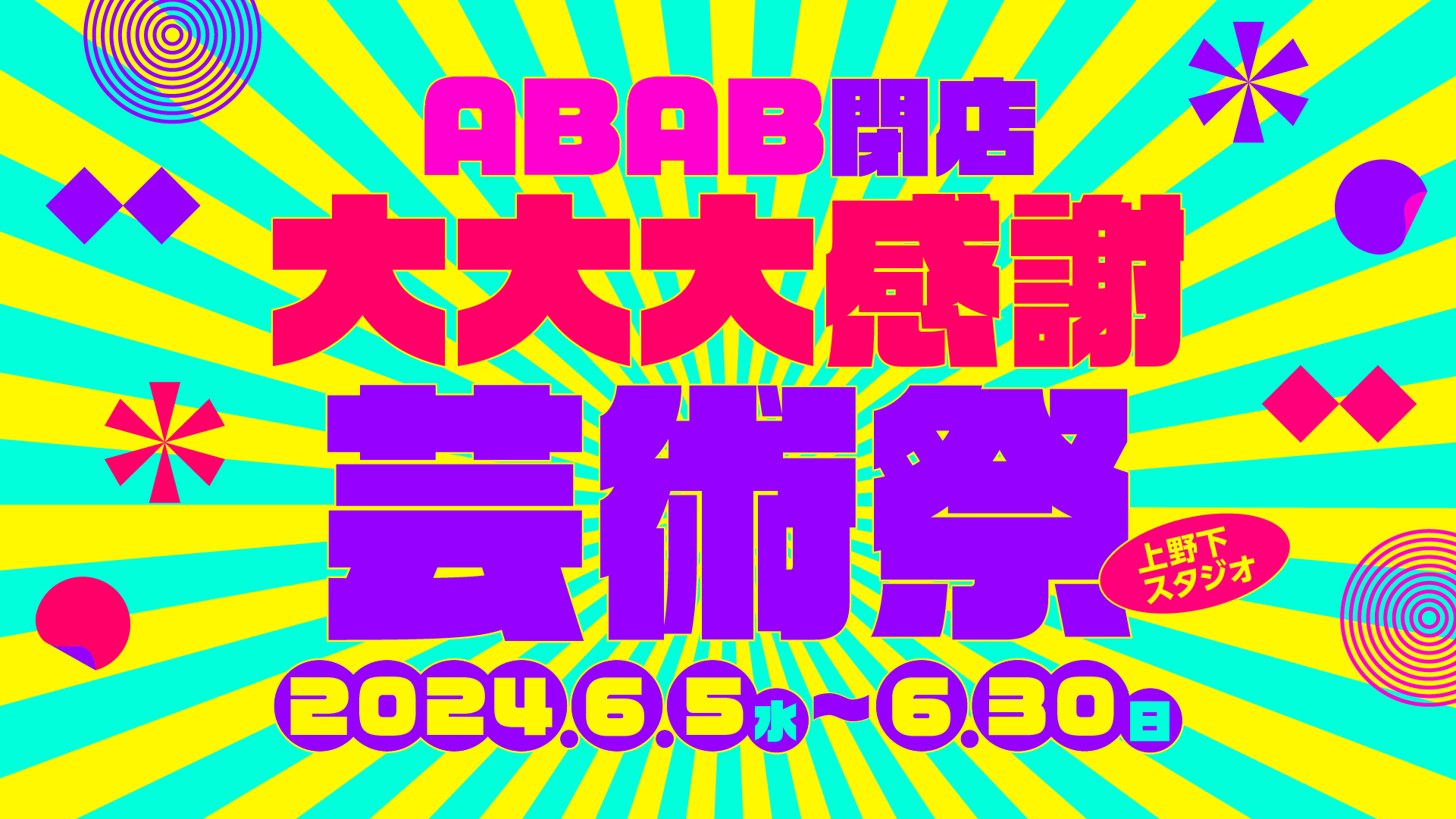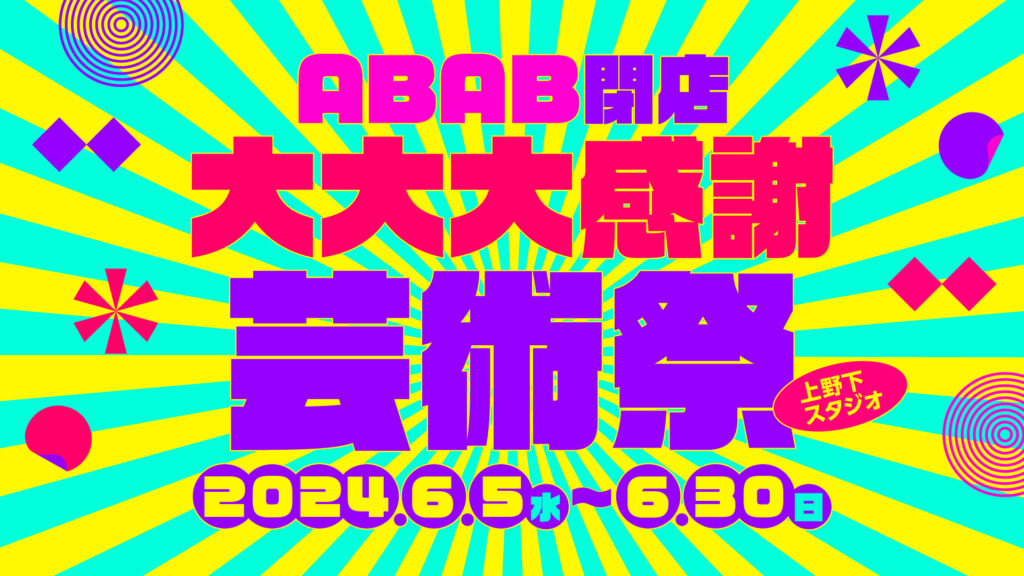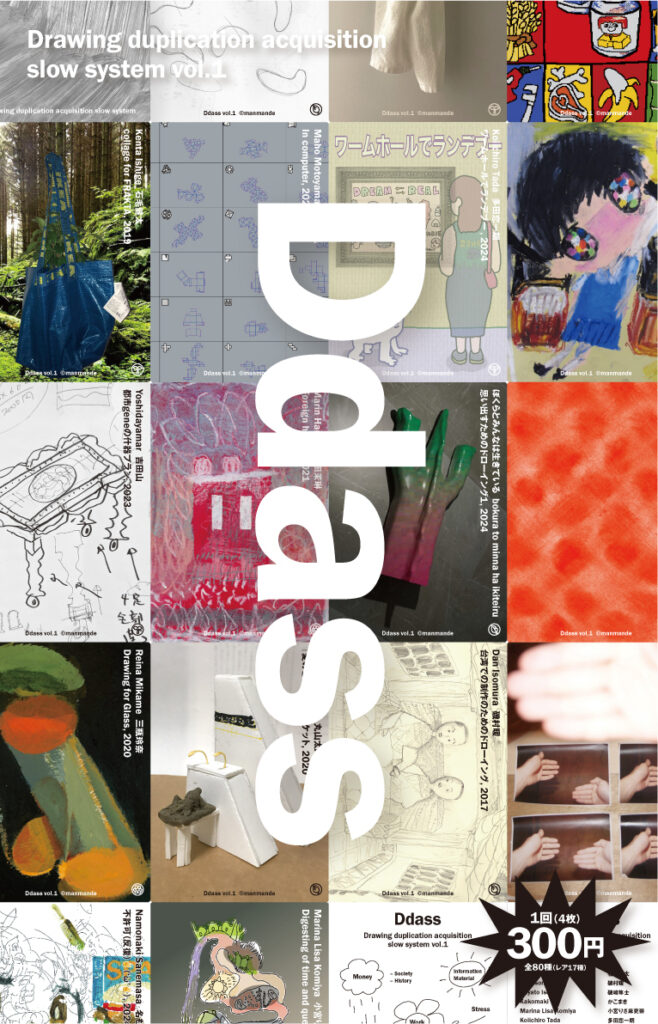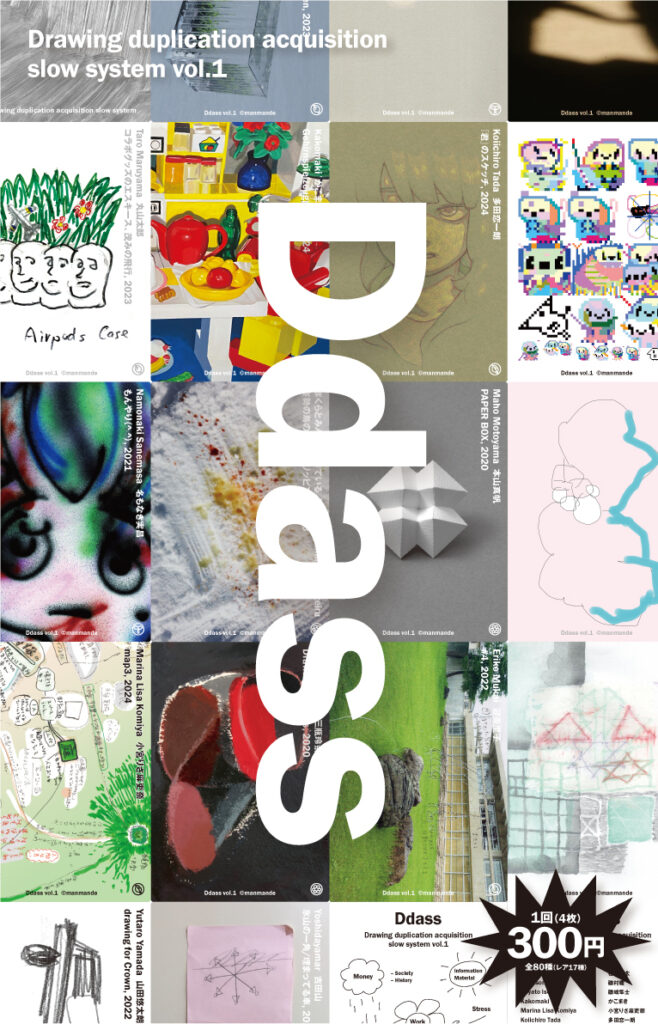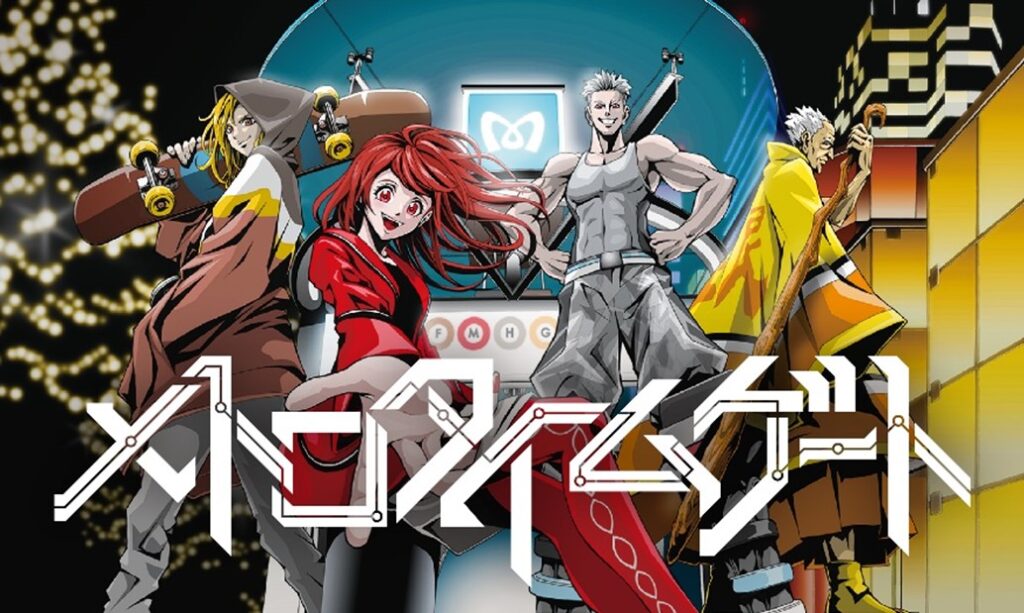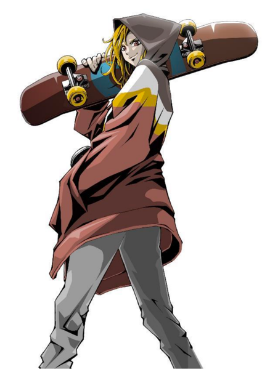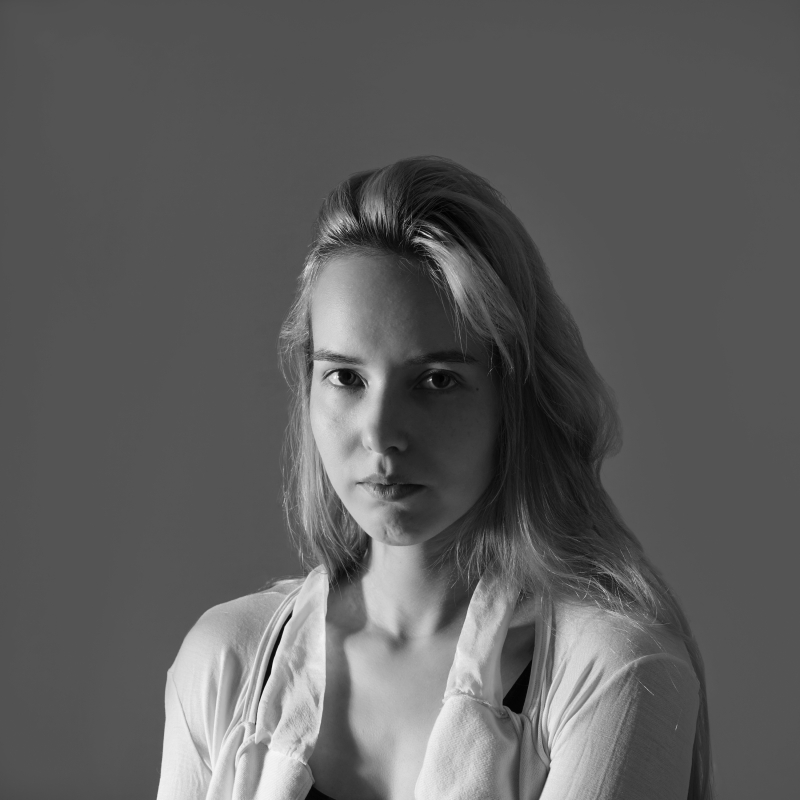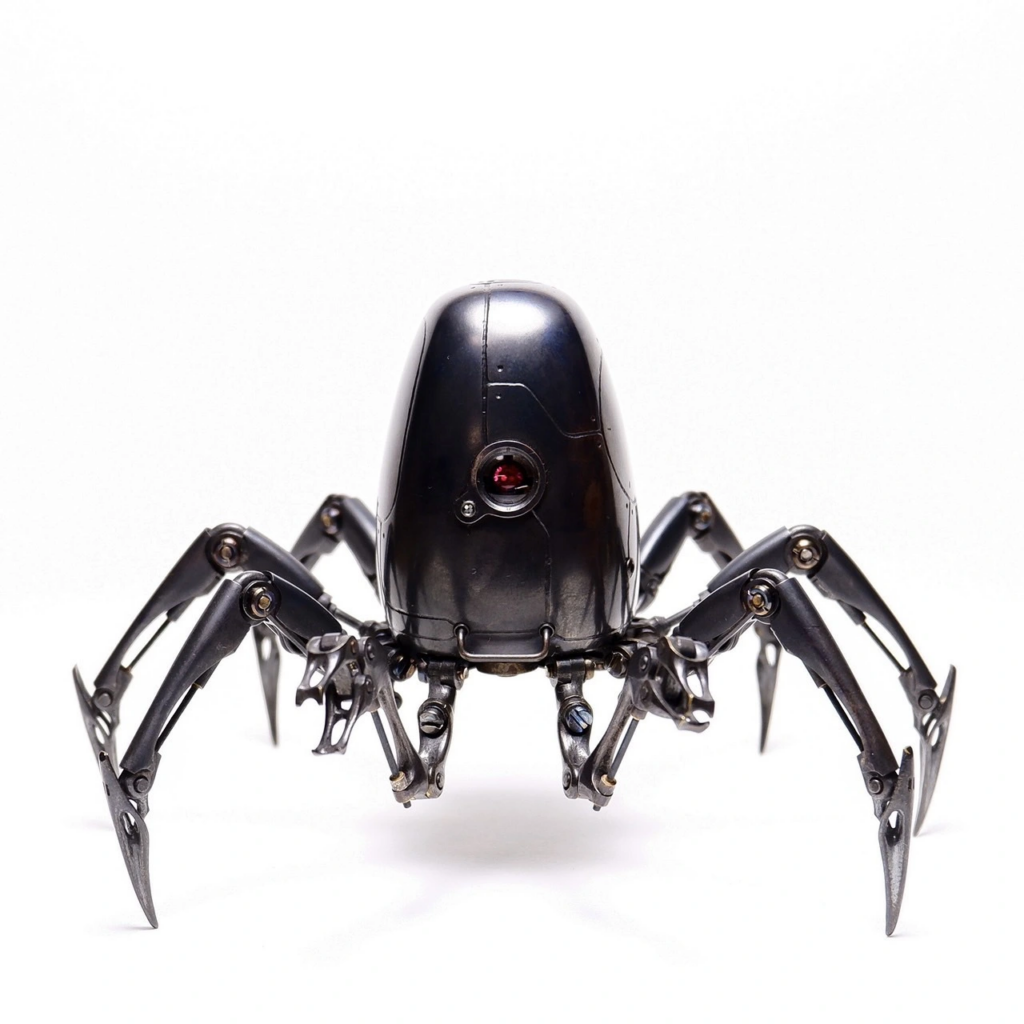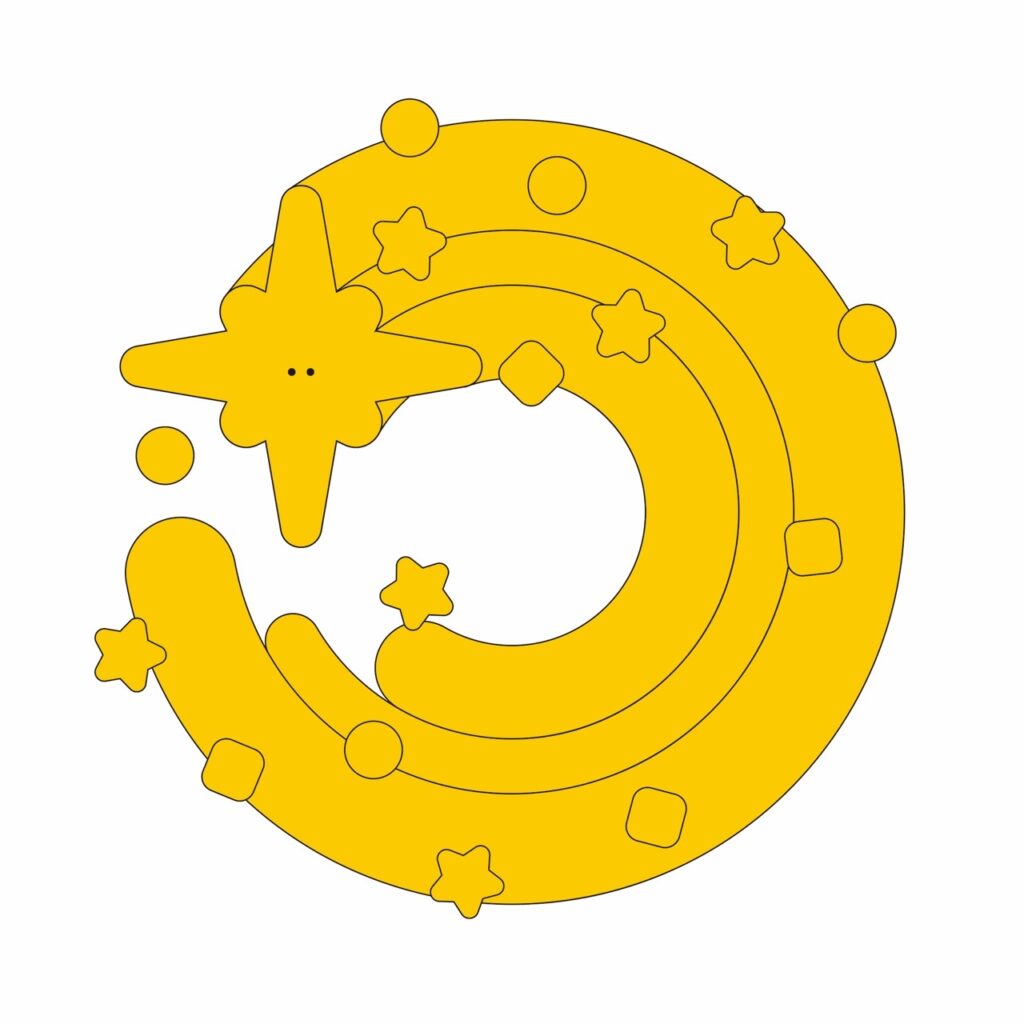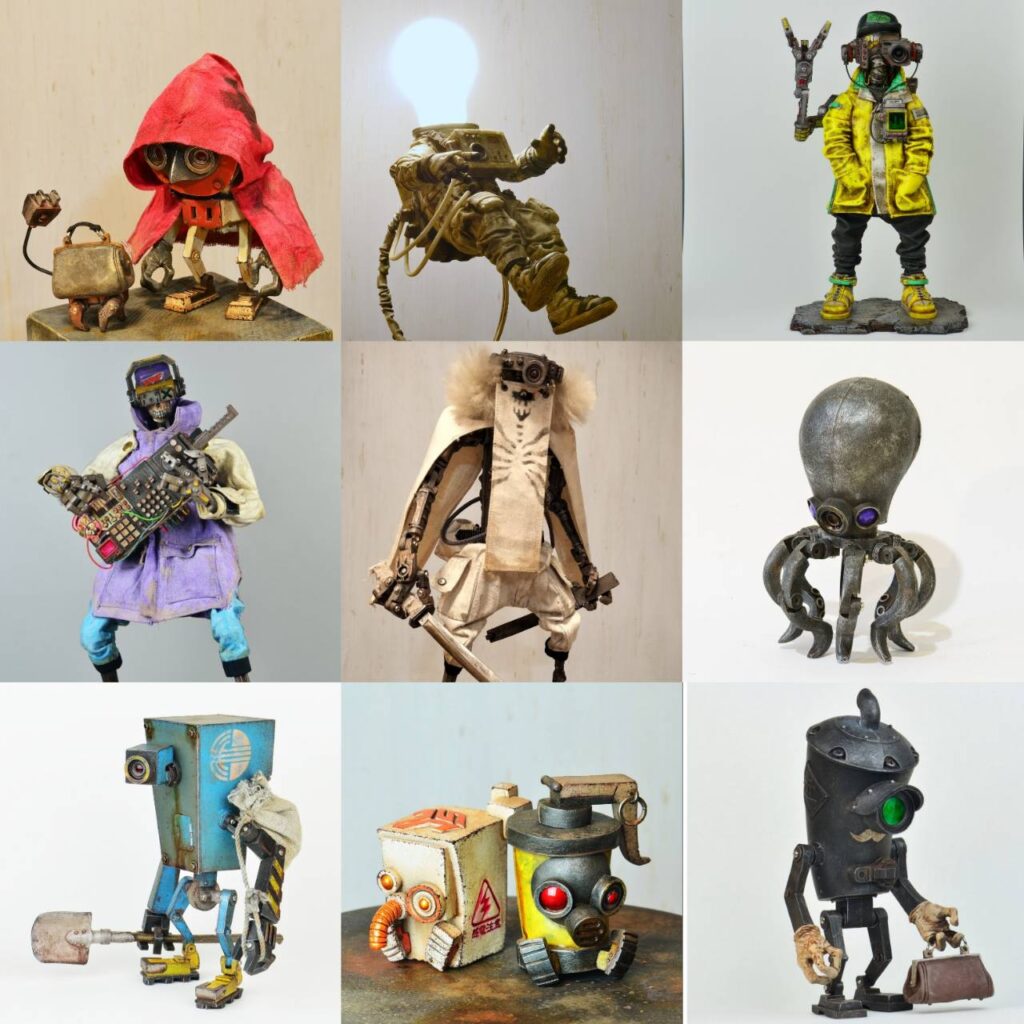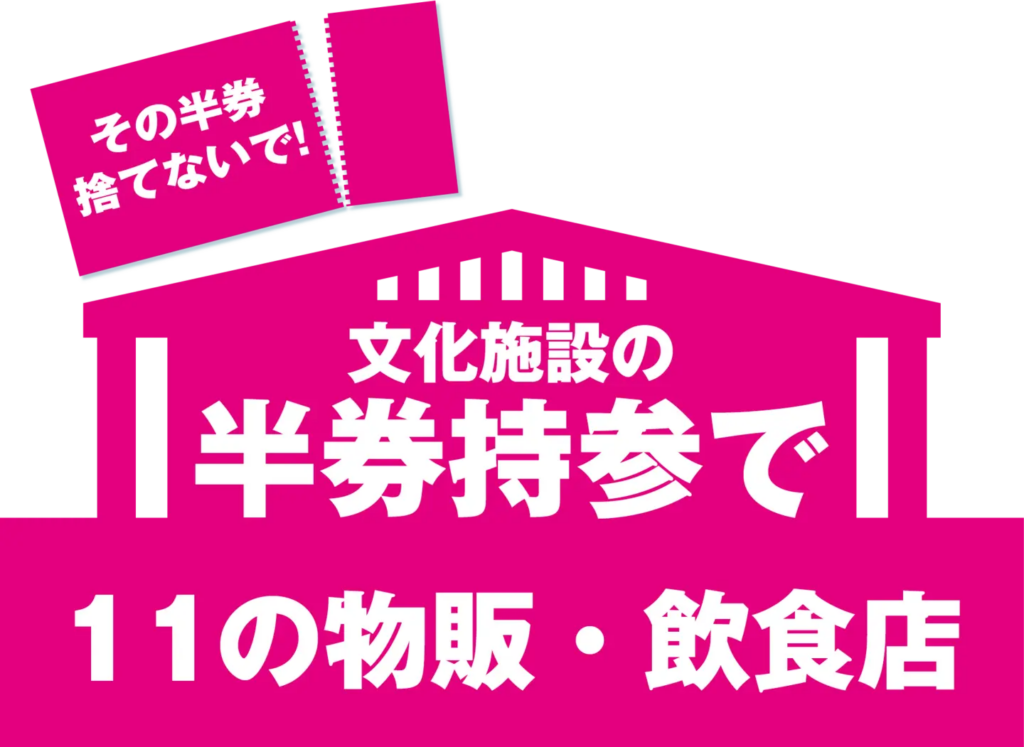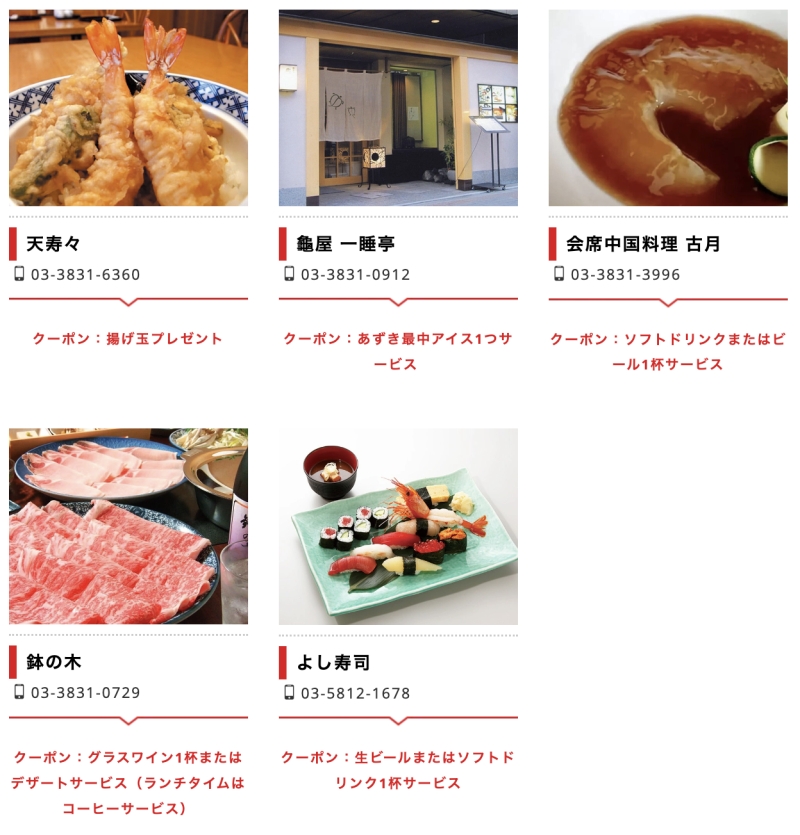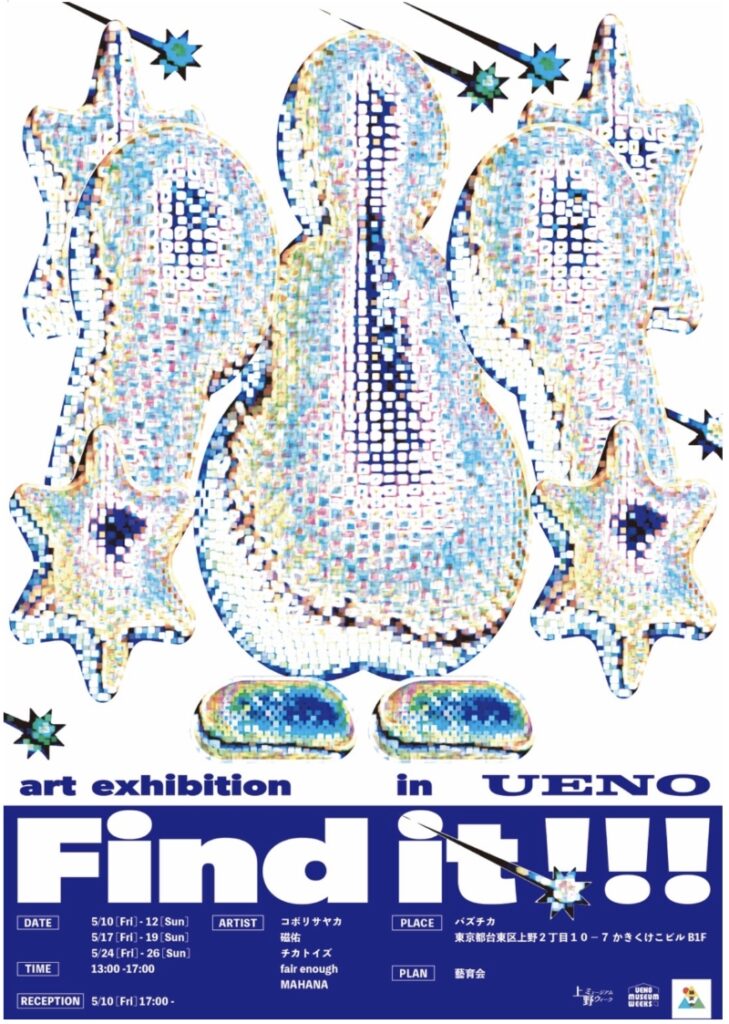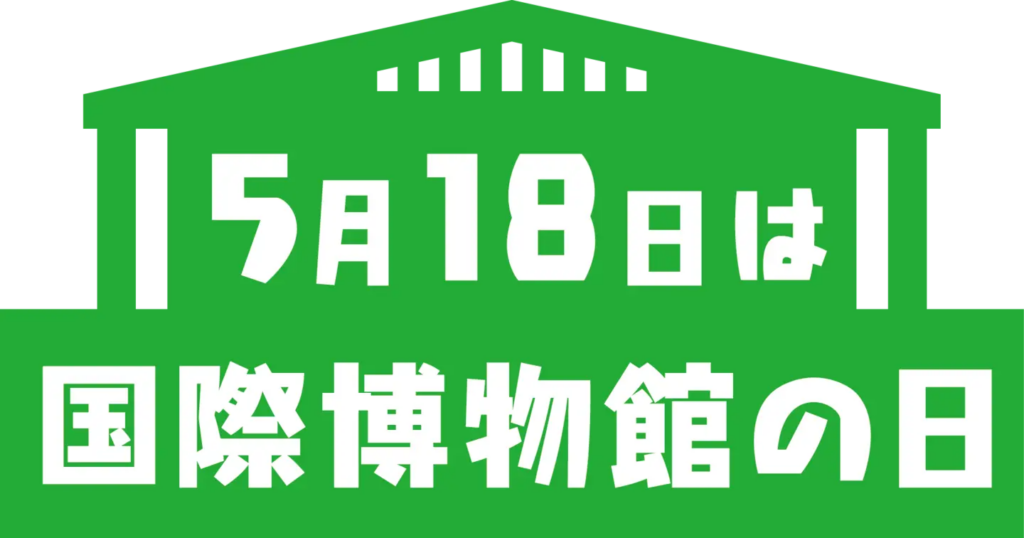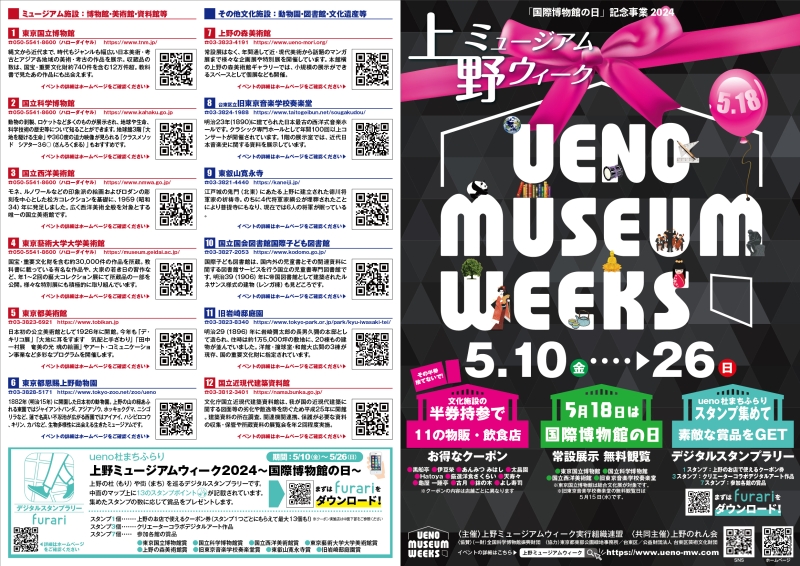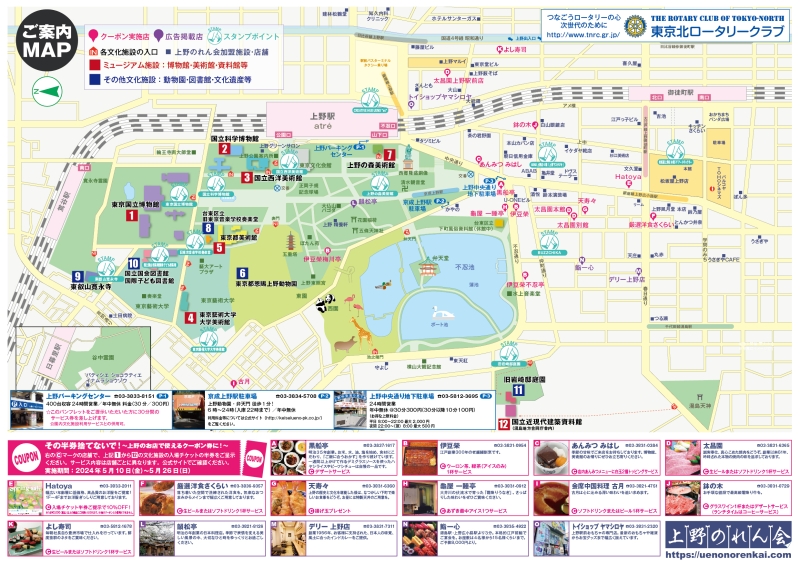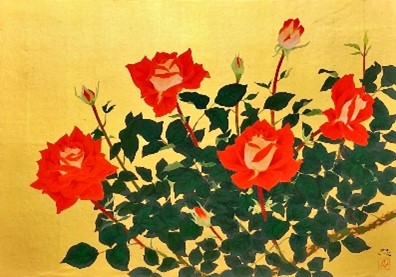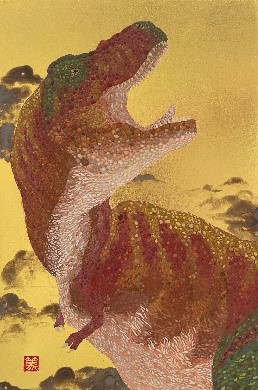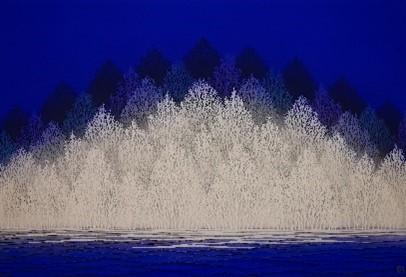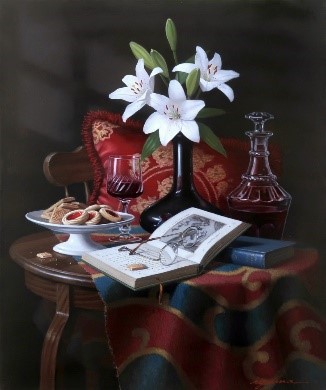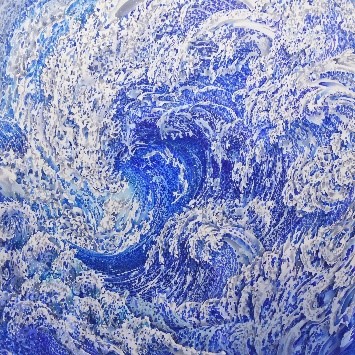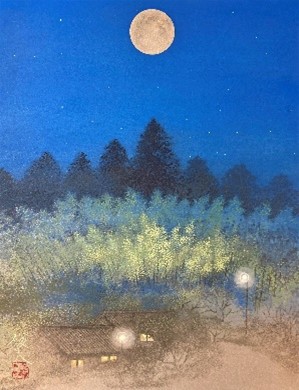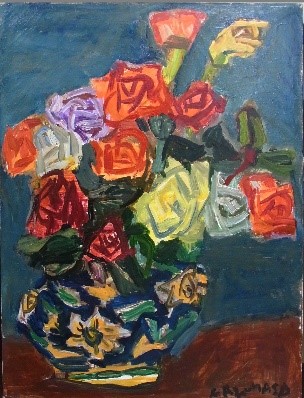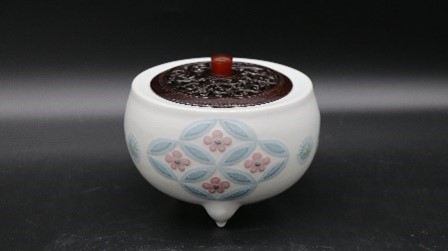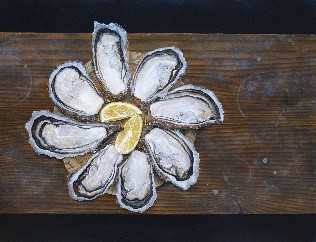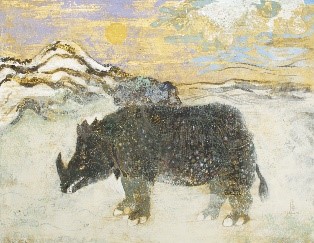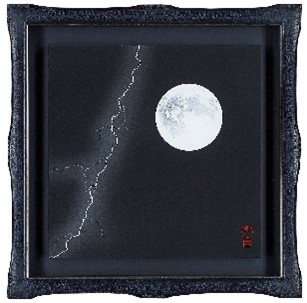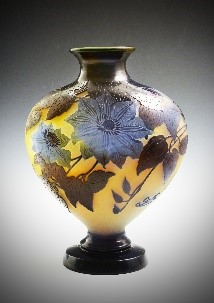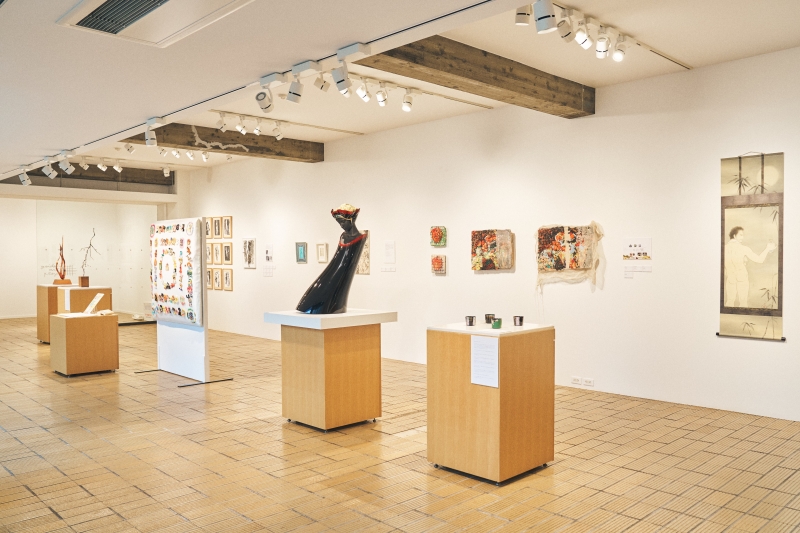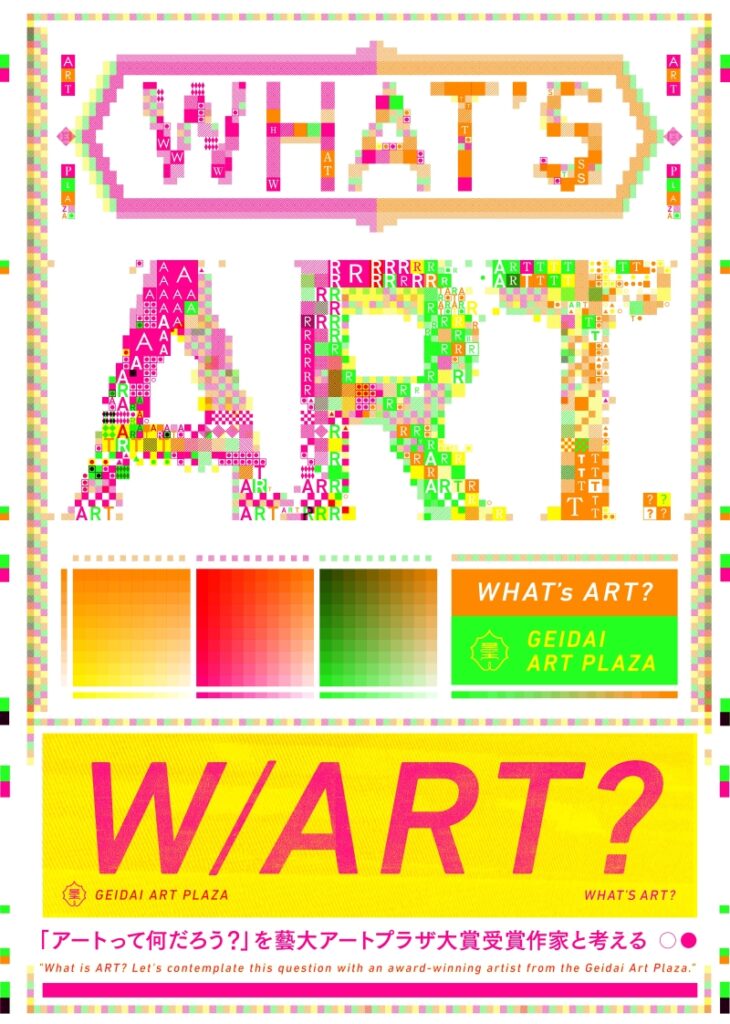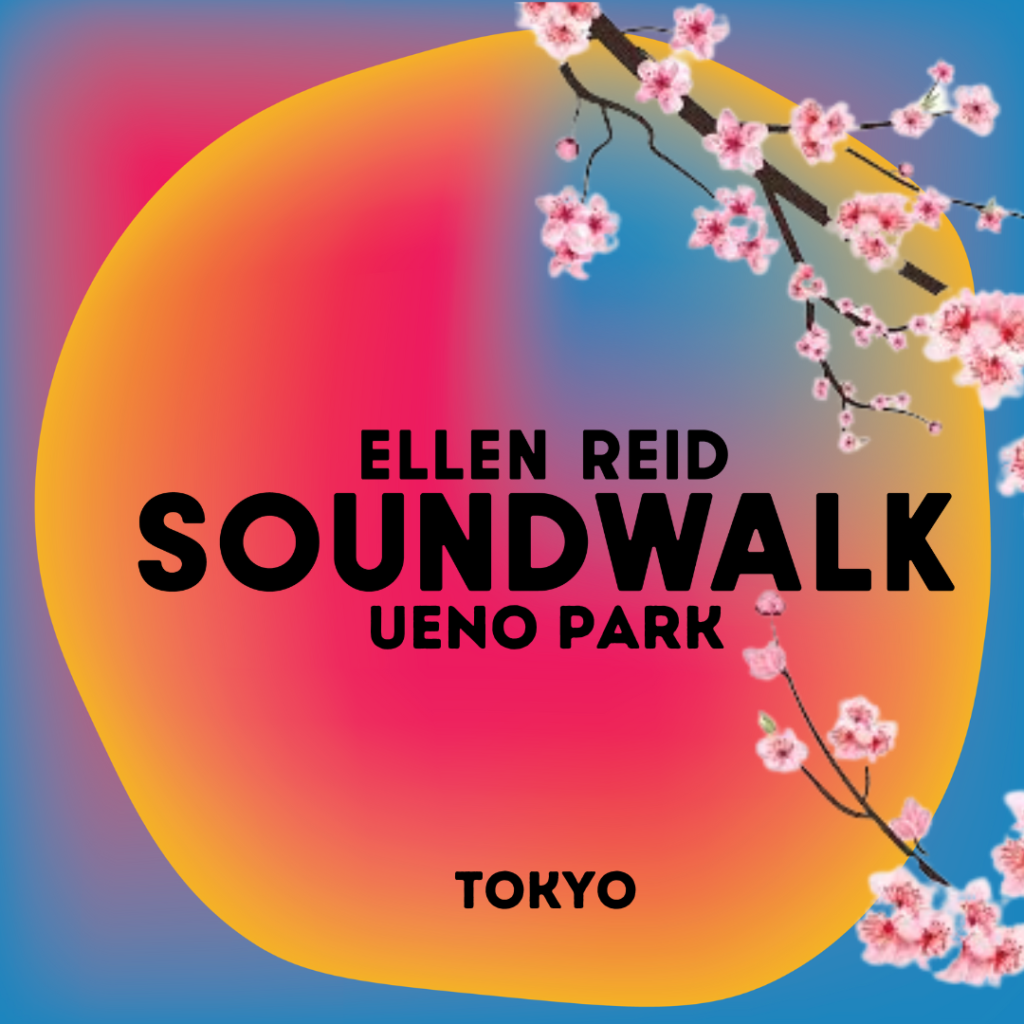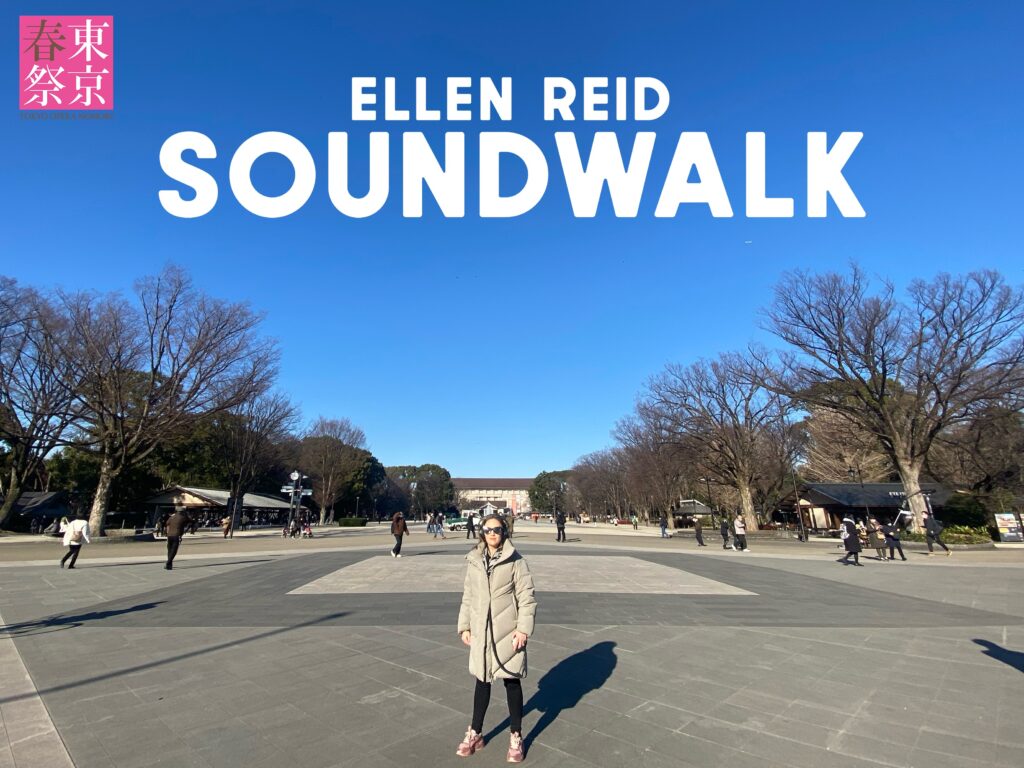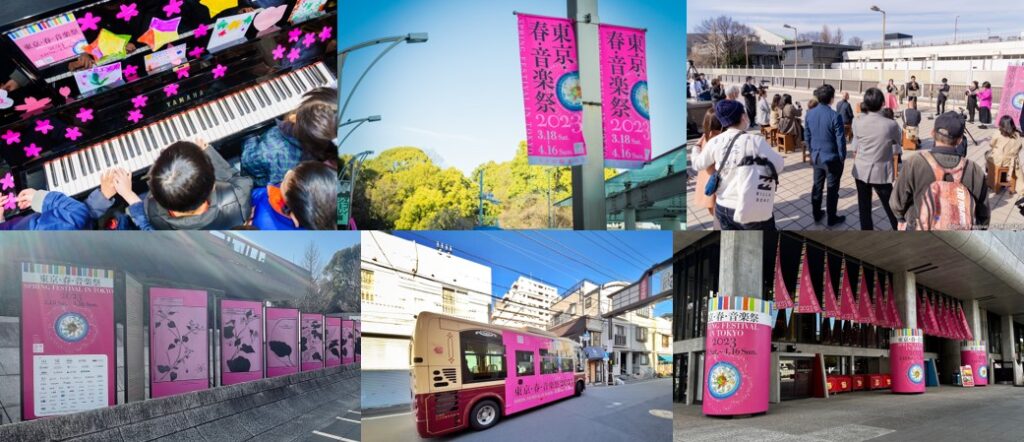National Museum of Western Art
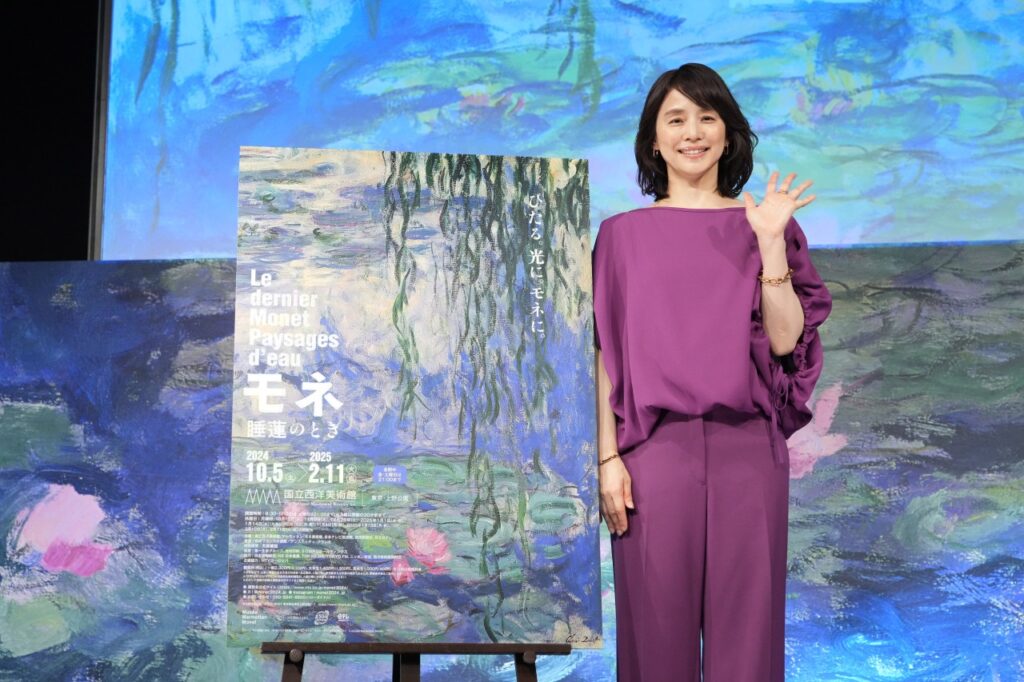
The National Museum of Western Art will hold the exhibition "Monet: Water Lilies" from Saturday, October 5, 2024 to Tuesday, February 11, 2025 (national holiday). This time, we will introduce the information about this exhibition announced at the press conference on Wednesday, June 12.
Purpose of the event
Claude Monet (1840-1926) was one of the most representative painters of the Impressionist movement.
Monet's final years were a time when he faced many difficulties, including the death of a beloved family member, his own eye disease, and World War I. However, even in these times, his greatest source of creativity was the water lily pond he created in the garden of his house at Giverny, where the surrounding trees, sky, and light were reflected in its surface.
The idea of a "large decorative painting" in which a huge canvas of this subject would cover the entire wall of a room would remain in Monet's mind until the very end. The focus of this exhibition is on the large-scale "Water Lilies" paintings that were created during this process of trial and error.
This time, about 50 pieces will be coming from the Musée Marmottan Monet in Paris, including many important works that will be shown in Japan for the first time. In addition, works from collections around Japan will also be added, making this a rare opportunity to see the largest collection of Water Lilies ever in Japan.
Highlights of the Exhibition

1. Monet's final challenge: the ultimate exhibition of Monet, focusing on his later works as a culmination of the "painter of light"
2. The Marmottan Monet Museum, which boasts one of the world's largest collections of Monet paintings, will bring about 50 carefully selected works, including seven works that will be shown in Japan for the first time! In addition, the museum will also have masterpieces from Japan, bringing together a full lineup of Monet masterpieces from Japan and abroad.
3. More than 20 works on Water Lilies, the most important theme of Monet's later years, will be on display
4. A truly immersive experience of being immersed in Monet's world, surrounded by over 2m of large-scale Water Lilies
Exhibited Works
We will introduce some of the works on display in this exhibition.
Claude Monet "Water Lilies, Twilight Effect"
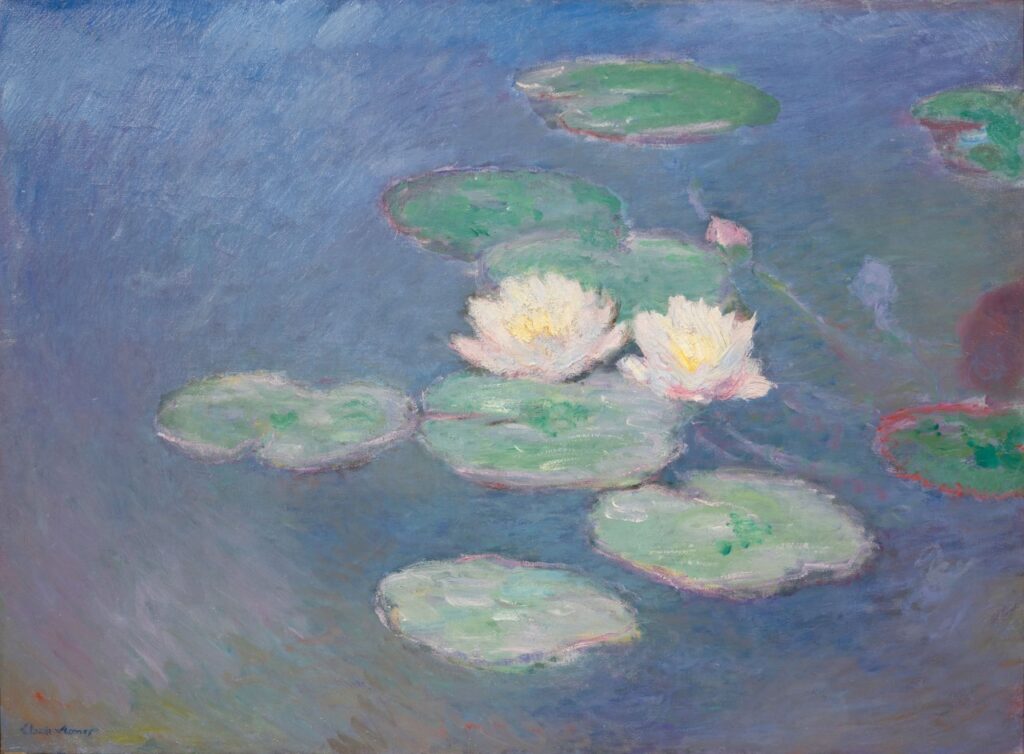
Monet's early "Water Lilies."
It is believed that Monet first painted water lilies in 1897. This work is believed to be one of his earliest "Water Lilies" paintings. In contrast to his later series, this work focuses on the lily flowers themselves, depicted with delicate brushstrokes, rather than the effect of light that paints the water a pale pink.
Claude Monet "Water Lilies, Reflection in the Willows"
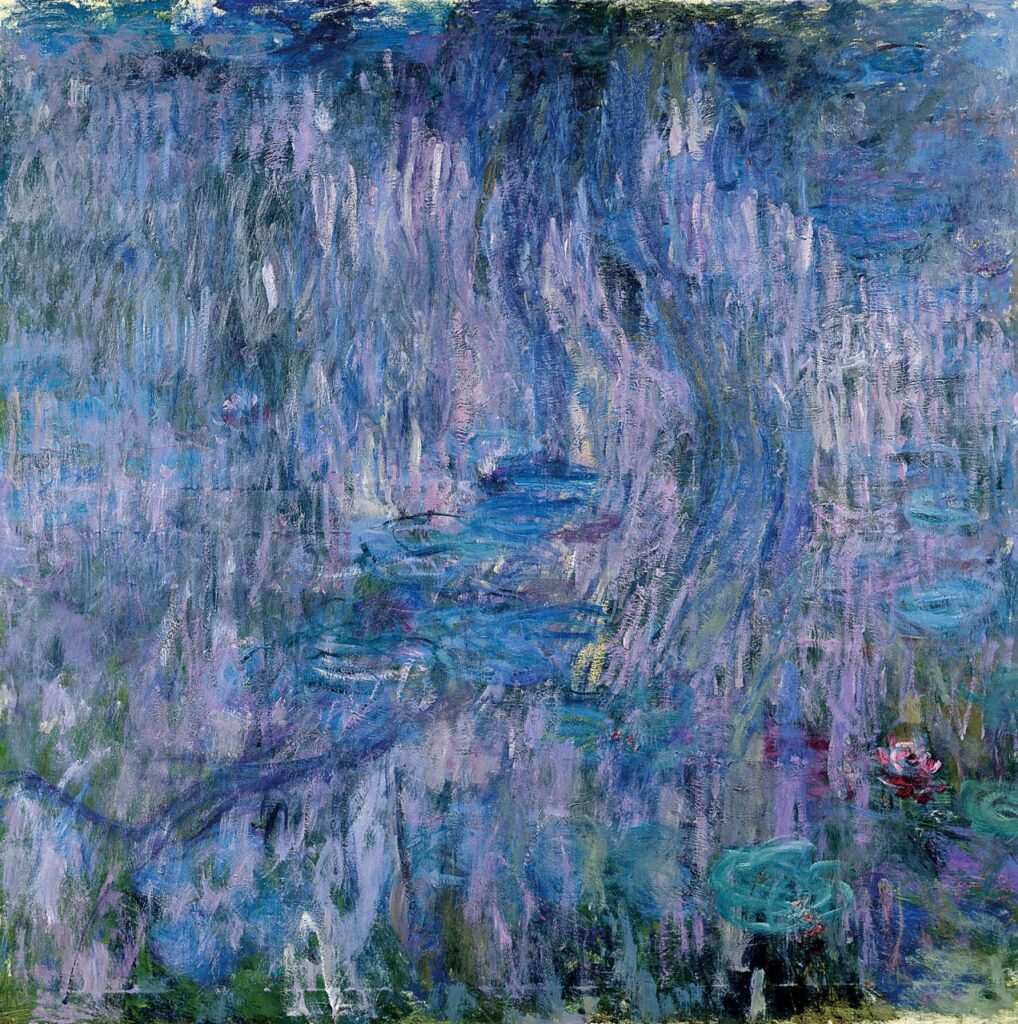
Monet, on the verge of going blind, painted this work of thirst for light.
The forked trunk of a weeping willow forms a gentle S-shape in this enormous study, measuring two meters in length and width. The glittering sunlight filtering through the trees, expressed with sharp vertical strokes, seems to convey the artist's thirst for light, at a time when he was in the midst of the fear of going blind due to cataracts.
Claude Monet "Japanese Bridge"
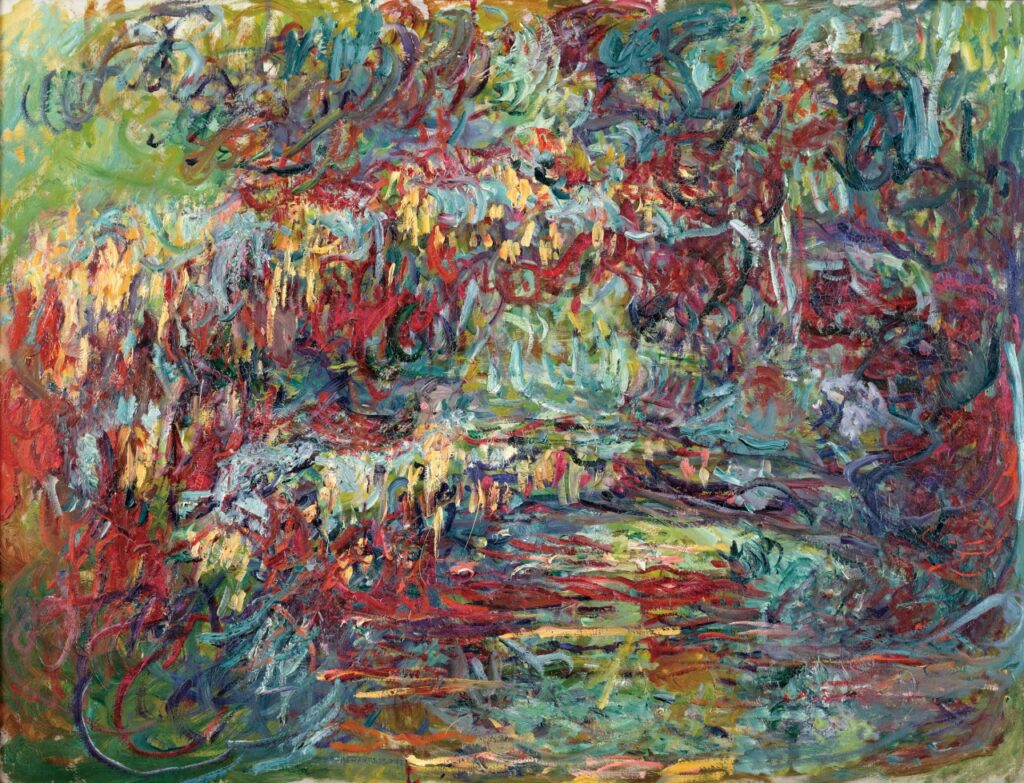
The color and abstraction brought about by an encounter with Ukiyo-e.
The motif of an arched bridge is said to have been inspired by the ukiyo-e prints of Katsushika Hokusai and Kitagawa Utamaro, which Monet collected. In the "Japanese Bridges" series, which he painted towards the end of his life, of which 24 pieces are known today, Monet boldly portrayed this motif with colors and brushstrokes that could almost be called abstract.
Exhibition ambassador Yuriko Ishida will be speaking!
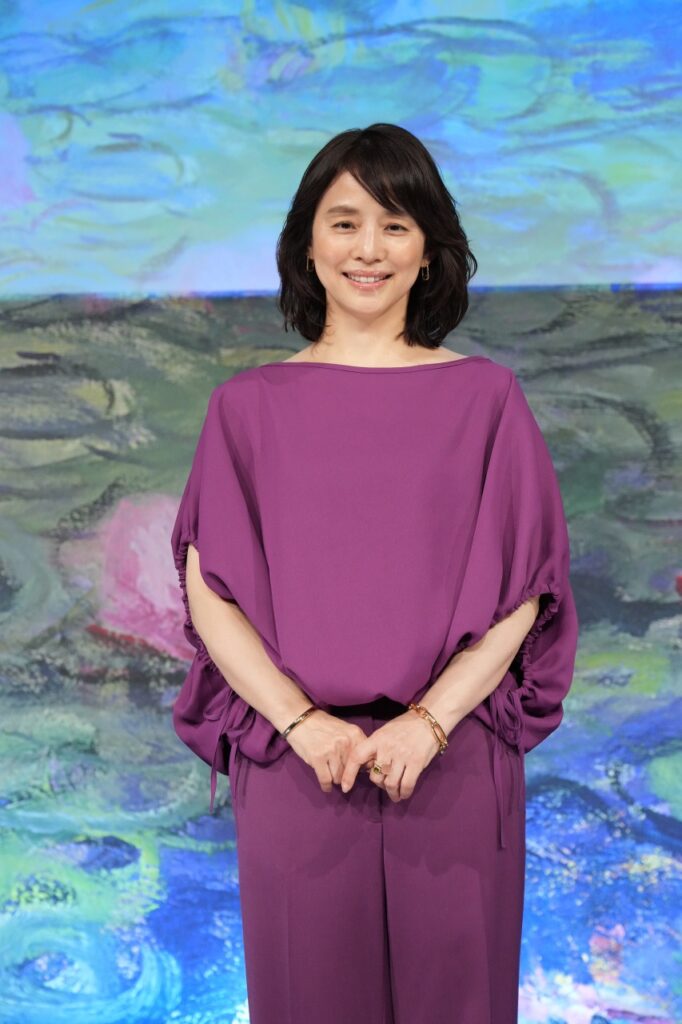
Actor Yuriko Ishida, who has been appointed as the exhibition ambassador, appeared on stage at the press conference held at the Nippon Television Hall on Wednesday, June 12th.
Ishida, who appeared in a lustrous purple outfit reminiscent of Monet's water lilies, is the ambassador for the exhibition, the audio guide, and the theme song for the exhibition. The theme song, "My Monet," is Ishida's first new song in about two years, produced by Ohashi Trio under her artist name "lily."
When asked how she felt when she was appointed as the ambassador for this exhibition, Ishida
"It really felt like a dream come true. I had always dreamed of being an ambassador for a major art exhibition, and to be chosen for an exhibition of my favorite artist, Monet… I couldn't imagine a more wonderful and rewarding job."
He expressed his joy.
When asked about the theme song for this exhibition, for which he wrote the lyrics, Mr. Ishida said:
"I've been doing my music career really quietly. I wanted to remain unknown (laughs). But when I heard about this opportunity, I thought I might never get another chance like this, so I accepted."
", she confessed her thoughts with a bit of embarrassment.
After this, music producer Ohashi Trio gave a surprise comment, which made everyone emotional. We got a glimpse of Ishida's pure, genuine face, which has not changed even as she has gotten older.
When asked about his personal preferences when appreciating paintings, Mr. Ishida said,
"I want to see it based on my senses, without getting too much knowledge. Some people may think that prior knowledge of Monet's paintings is necessary, but I think each person's perspective and way of accepting things are infinitely different. I want people to simply immerse themselves in the art with a clear mind."
I was very impressed by the answer.
Including works from collections in Japan, "Monet: The Water Lilies" traces the rich development of Monet's art, which "transcended Impressionism."
We hope you will enjoy Monet's feast of light and water using your own sensibilities.
The event will begin on Saturday, October 5, 2024.
Event Outline
| Dates | Saturday, October 5, 2024 – Tuesday, February 11, 2025 |
| venue | National Museum of Western Art |
| Opening hours | 9:30 – 17:30 (until 21:00 on Fridays and Saturdays) *Last admission 30 minutes before closing |
| closing day | Mondays, October 15 (Tue), November 5 (Tue), December 28 (Sat) – January 1, 2025 (Wed, holiday), January 14 (Tue) (However, the museum will be open on October 14th (Monday, holiday), November 4th (Monday, closed), January 13th, 2025 (Monday, holiday), February 10th (Monday), and February 11th (Tuesday, holiday)) |
| Organizer | National Museum of Western Art, Marmottan Monet Museum, Nippon Television Network Corporation, The Yomiuri Shimbun, BS Nippon Television |
| inquiry | 050-5541-8600 (Hello Dial) |
| Exhibition website | https://www.ntv.co.jp/monet2024/ |
Article provided by: Kokosil Ueno
See other exhibition information


